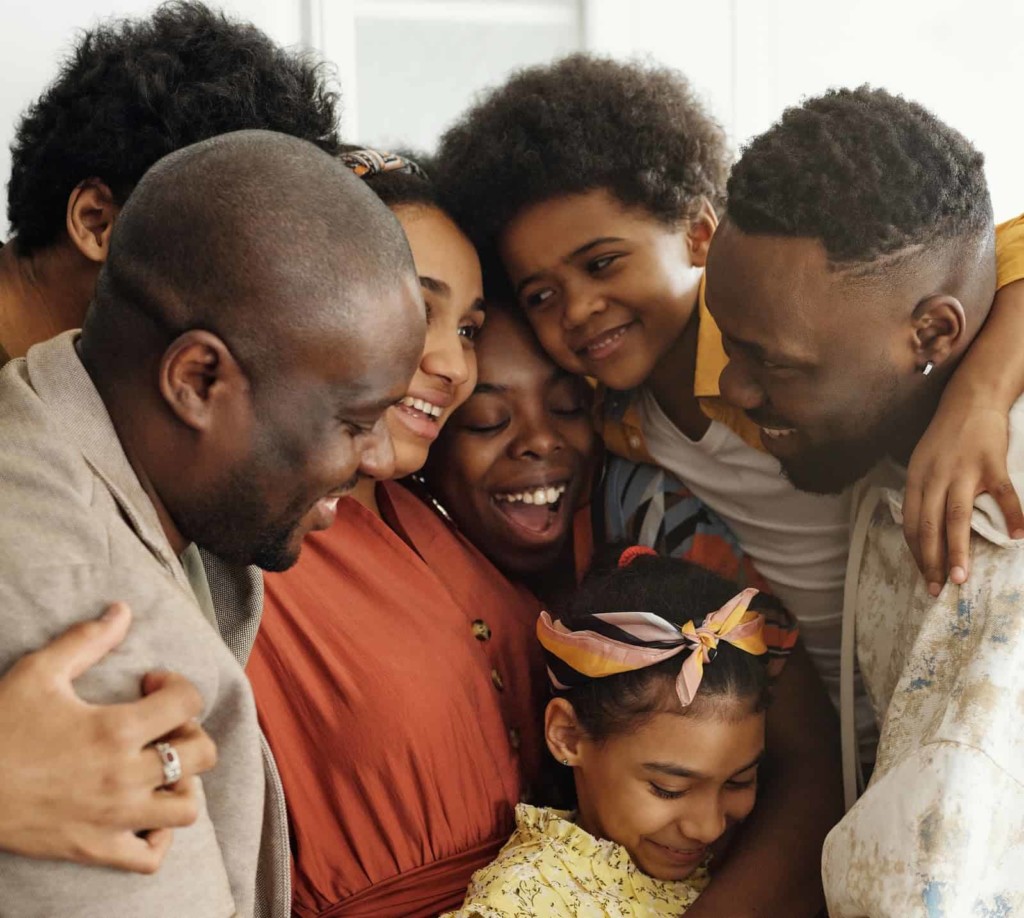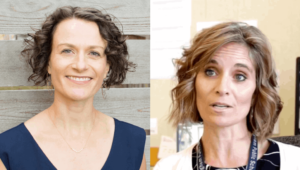Getting Clearer: Stakeholders At The Heart of Education

By: Julia Pile and Laura Gilchrist
When you see the word “stakeholders” in education, does a clear picture come to mind? What feeling does the word invoke? Who are stakeholders anyway and how do they matter to kids?
One thing we can likely agree on is that stakeholders in education are people and we know people are the heart of the education system.
Would you believe that a Google Image Search of “stakeholders” pulls up not one picture of a human? The search results page is filled exclusively with infographics and charts. When you Google Image search “family”, “teachers” or “community”, however, you see pictures of people.
In stakeholders lie the resources, information, and opportunities, the love, caring and wisdom needed to support the goals of the education system — creating the conditions for our kids to thrive now and in the future.
Let’s explore and humanize “stakeholders” in education through the categories of family, school and community.
Learners as Stakeholders
Do you believe our learners are stakeholders in the education system which serves them? Do you believe their gifts, their skills and strengths, can help people in their local family-school-community ecosystem?
Family Stakeholders
Mom, dad, step-mom, step-dad, parent, guardian, sister, brother, aunt, uncle, grandma, grandpa, and cousin are family stakeholders. Family stakeholders are not only the heart and soul of every learner–they are the first and original teachers.
School Stakeholders
Teacher, counselor, para-professional, principal, director, family engagement specialist, psychologist, bus driver, cook, custodian, volunteer, school resource officers. School stakeholders are not just the particular people who your child sees face to face, but everyone in “the system” — in your child’s school and district and beyond for that matter.
Research to date shows that young people who experience strong developmental relationships across different parts of their lives* are more likely to show signs of positive development in many areas, including:
- Increased academic motivation;
- Increased social-emotional growth and learning;
- Increased sense of personal responsibility; and
- Reduced engagement in a variety of high-risk behaviors.
Community Stakeholders
Neighbor, coach, teacher of things outside of school building, pastor, librarian, police, firefighter, doctor, nurse, entrepreneur, friend. People employed in all local organizations, businesses and industries. As you can see, community is resource, opportunity and experience rich yet surprisingly disconnected from school and family networks.
Why are stakeholders important?
Every adult, if seen, heard and valued for their strengths and gifts, has much to offer directly and indirectly to the growth and development of children. Family, school and community stakeholders are sources of connection and love, resources and opportunities, learning and play for our kids. They are sources of expertise in careers, hobbies and much more. They are sources of inspiration, hope and resilience.
When schools begin any planning process to meet needs, solve problems, or create capacity for learners, it makes sense to intentionally fill in blindspots with information and perspectives from as many stakeholders as possible.
That’s not happening. Yet. And you know what, that’s okay. You see, we all inherited and know one model of family-school-community engagement — the Compliance Model. It’s really hard to do things differently from the way it has always been done. It’s “in the water” not only in your district but nationwide.
Through my years in K12 education as a teacher, coach and consultant, I can tell you that educators often feel like they have heavyweights on their shoulders to ‘figure out’ everything from stakeholder/family engagement to reopening plans. As a result, educators work from fear–fear of getting it wrong, fear of anger and fear of dire consequences that impact entire communities if they don’t get “it” right. Think test scores. Educators know they can’t do it without family and community, but how to proceed forward?
Through my years as a parent, I can tell you that family and community often feel like they must accept “the plans” created and decided on by schools without our input because that’s how it has always been done. Often schools don’t know how or are afraid to reach out for help in that they may look like they are not the experts or know what they are doing. It is ok, not one of us is an expert in everything, we all have our own skills and expertise, that is why we all have to work together. We all bring a piece of the puzzle with us. If one piece is missing, the puzzle can’t be completed.
Family and community stakeholders, as well as school stakeholders, often feel unseen, unheard and unvalued when it comes to designing for learners. These feelings create resistance and isolation, which keep us stuck.
From 17+ weeks of doing Virtual ParentCamp in a nationwide model classroom, our family, school and community stakeholders have made it abundantly clear that they want to connect and collaborate to serve kids and each other! Family, school and community want to joyfully and authentically engage to serve kids.
It is even more important in our current situation of dealing with COVID-19 to embrace the voices of our family and student stakeholders. The Prichard Committee for Academic Excellence Student Voice Team completed a Student to Student effects of Coping with COVID-19 survey with over 13,000, yes, 13,000 responses from 119 of 120 counties in Kentucky. It is very clear from this survey that students have real fear, mental health issues and in many circumstances, their families are just trying to make ends meet. Also, what was discovered was that students want truly challenging and engaging work.
How might we be more inclusive in stakeholder engagement during COVID-19 and throughout 20-21?
1) Move your focus beyond communication to the ultimate goal of connection.
While communication is an important part of stakeholder engagement and one you’ll always put great care into, it is transactional and impersonal. It is a part of the bigger goal of connection. You can make great strides in engaging WITH stakeholders by intentionally setting your sights on what really matters — each other! Focus on human connection and collaboration, relationships and strengths first and always. When you do this trust forms. Relational trust is the currency of partnership.
“I define connection as the energy that exists between people when they feel seen, heard, and valued; when they can give and receive without judgment; and when they derive sustenance and strength from the relationship.” – Brene Brown
2) Host frequent opportunities to gather as equals in dialogue, connection and collaboration.
When schools pivoted to a virtual learning environment in March 2020, parents and family members suddenly became active co-teachers. Not only did parents and families need to be engaged in the teaching and learning process with their children, but they also needed to be integrated into it with school staff as well.
Have you asked your families how they are doing and what they need? Are you just communicating to families or are you connecting with them?
Stakeholders are carrying anxiety and fear into this new year of COVID-19 uncertainty. They are also carrying ideas and resources. The goal is, as always, to create a positive atmosphere for learning and growth in a new year of hope and opportunity. The only true way to work through this is to connect with each other, all stakeholders, in open, transparent, dialogue with all stakeholders so that everyone feels seen, heard and valued. While COVID-19 has thrown us many obstacles, we can lean into the opportunities it is providing by embracing all stakeholders, including our learners, in rich and dynamic connection and collaboration Now is the time to take risks, fall forward and re-imagine a more caring and equitable education — together
For more, see:
- Three Basic Needs That Must Be Met For a Successful Opening of Schools
- Thinking Ahead: Getting Ready For the New School Year
- Assume Good Intentions: Lessons for Responsive Family Engagement
Julia Pile is President of Parentcamp.
Laura Gilchrist is Vice President of Parentcamp.
Stay in-the-know with innovations in learning by signing up for the weekly Smart Update.
This blog is part of an ongoing Getting Smart series called Getting Clearer. The nature of this series and of our blog is to have a diverse set of voices and ideas to help us and our audience get clearer. Are there topics that you’re interested in #GettingClearer about? Email [email protected] with “Getting Clearer” in the subject line.





Hirajit Sunuwar
I got nice information from your article. Thank you.